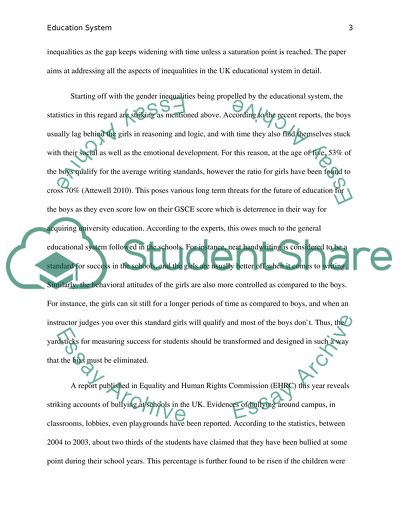Cite this document
(“Education System in UK: Issues and Inequalities Essay”, n.d.)
Education System in UK: Issues and Inequalities Essay. Retrieved from https://studentshare.org/education/1451694-education-issues-and-inequalities-in-what-specific
Education System in UK: Issues and Inequalities Essay. Retrieved from https://studentshare.org/education/1451694-education-issues-and-inequalities-in-what-specific
(Education System in UK: Issues and Inequalities Essay)
Education System in UK: Issues and Inequalities Essay. https://studentshare.org/education/1451694-education-issues-and-inequalities-in-what-specific.
Education System in UK: Issues and Inequalities Essay. https://studentshare.org/education/1451694-education-issues-and-inequalities-in-what-specific.
“Education System in UK: Issues and Inequalities Essay”, n.d. https://studentshare.org/education/1451694-education-issues-and-inequalities-in-what-specific.


